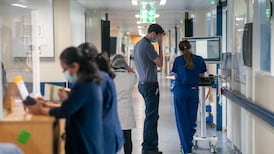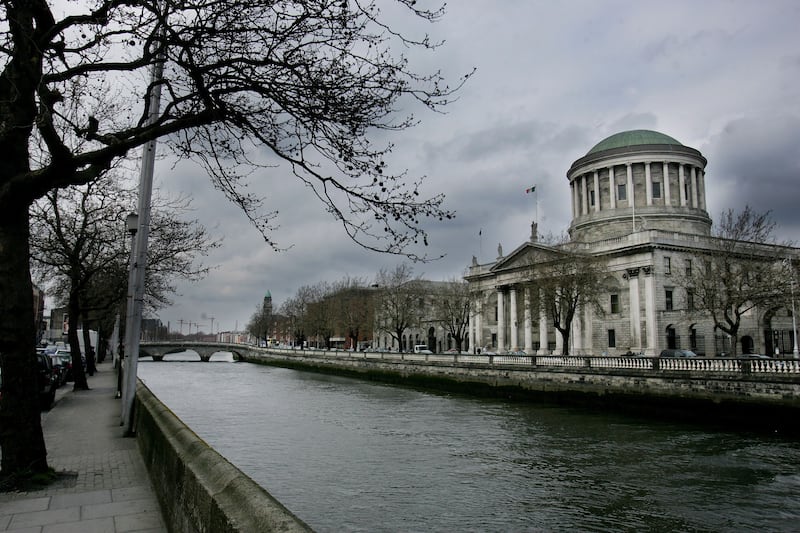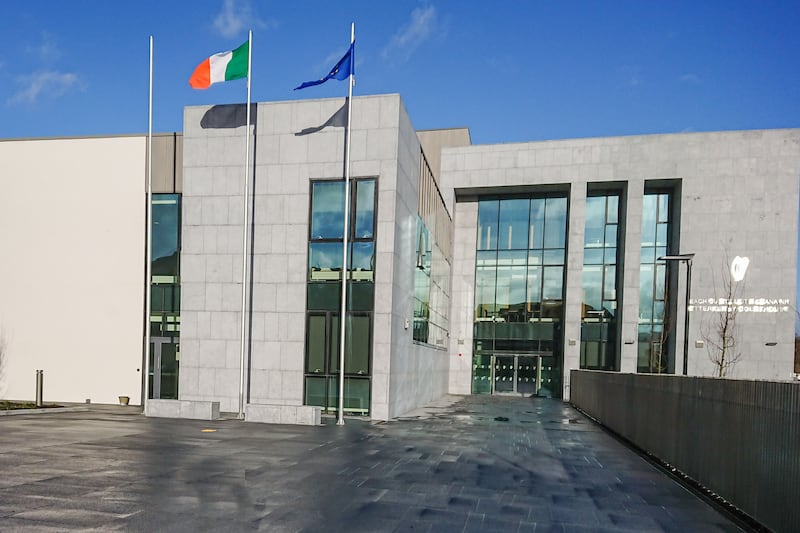Covid-19 has been a moving target from the start. Here are some of the early misconceptions that were challenged by emerging new evidence - and sometimes hard experience - along the way.
1. Only the vulnerable are 'vulnerable'
In the beginning the awful, dehumanising phrase "elderly person with an underlying health condition" gave some people a false sense of security, and a way of distancing themselves from the risk of the disease. When younger people began falling ill in other countries, some people told themselves that this vulnerability was behavioural - it was because of how they socialised or the crowded conditions they lived in.
Now we know better. Older people and those with underlying conditions are more vulnerable to severe disease with Covid, but neither age nor lifestyle grants any kind of immunity. Some of those who have died have included young people with no underlying health conditions. Ireland’s youngest victim of Covid-19 was just 16-years-old.
2. Children are 'vectors'
Messages from paediatricians circulated on social media in March 2020, in the first weeks after school closures, suggesting that children were "vectors not victims" of the virus. Children were banned from some shops, leading to calls by a number of organisations for supermarkets to develop "child-friendly shopping guidelines".
A summary of the evidence across 18 studies published by HIQA in May and updated in August 2020 found that "reported cases of Covid-19 in children account for a small percentage of diagnosed cases… based on low certainty evidence, transmission from child-to-adult or child-to-child does occur in household and educational settings, but reported transmission rates for children remain low".
Could the now dominant B117 variant change this? That’s even less clear. Public health authorities will be monitoring the staggered return to schools closely.
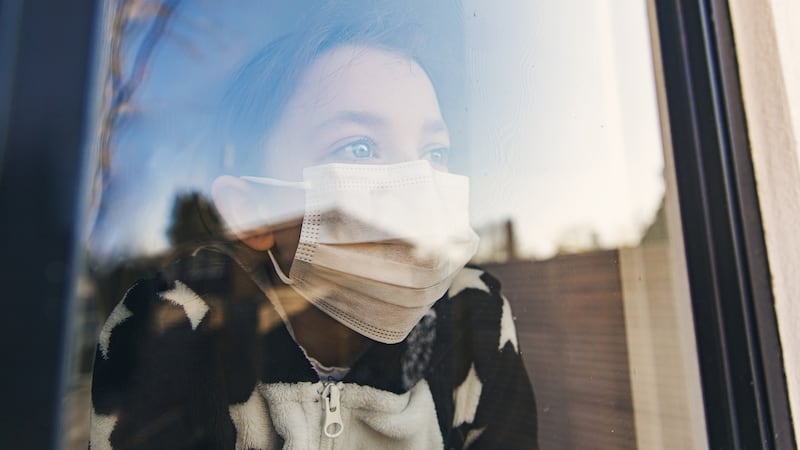
3. Masks don't work
There was resistance to changing the guidance on mask wearing in the early days of the pandemic. In the beginning, some of this was due to global shortages of personal protective equipment. But even as late as May, when members of the public were being told to wear a mask on public transport or indoors where they couldn't socially distance, chief medical officer Dr Tony Holohan continued to be "concerned about the fact that use of face coverings may be seen as some kind of ... magic shield", a phrase echoed by then-Health Minister, Simon Harris.
There were concerns, too, that the public would not wear their masks properly, and that this could heighten the risk.
A key scientific moment came in early June with the changing of the guidance on mask wearing by the World Health Organisation and the European Centre for Disease Control. The HSE began advising people to wear masks indoors too from the same time, and mask wearing became mandatory in August.
This should have happened earlier, says Prof Luke O’Neill, Trinity College Dublin immunologist. “As soon as [asymptomatic spread] became clear, mask-wearing became absolutely essential because then everybody wears a mask and then anybody who could be infected could spread it. Sadly, our administration dragged their heels on it. I was banging on about it probably a good four to six weeks before the guidelines said it. I had seen the science: we’d got to have masks.”
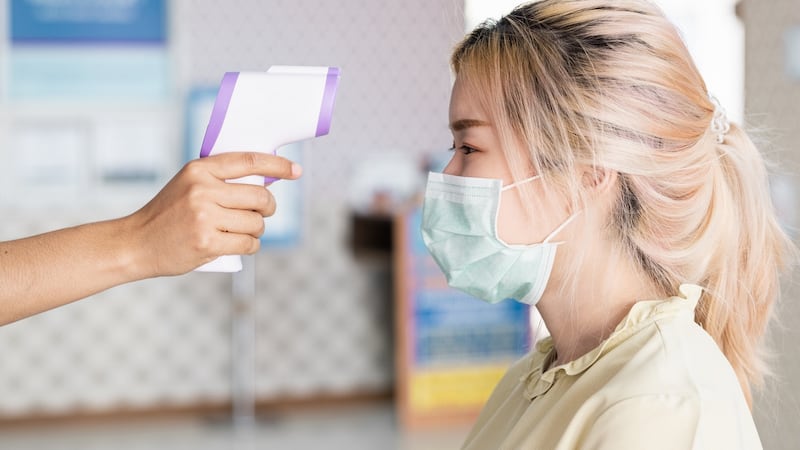
4. Thermal scanners can detect Covid-19
Thermal or temperature scanners began popping up in some workplaces and public spaces - as well as international airports - in the early days of the pandemic. But were they offering a false sense of security? A review of the evidence in September by ECRI concluded that infrared temperature screening was "ineffective", detecting infection in, at best, only around half of cases. Thermal screening is high cost and resource intensive, and detection rates are low, the report by the Health Information and Quality Authority (Hiqa) concluded in August.
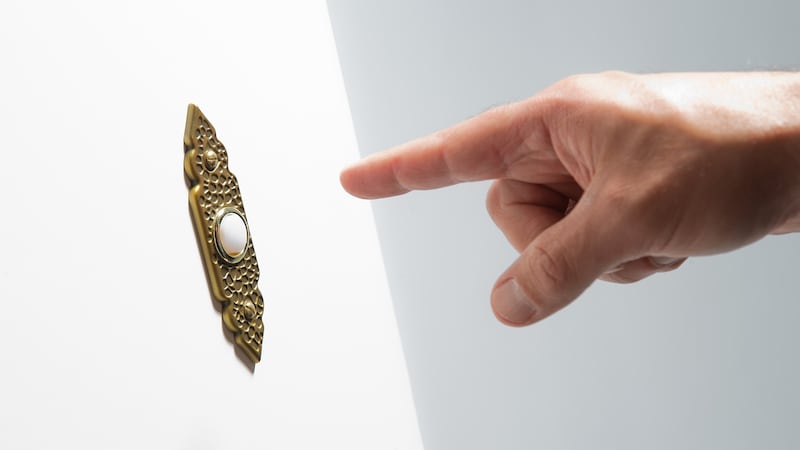
5. Doorbells are dangerous
Actually the jury is still out on the role played by contaminated surfaces. As early as February, the WHO warned that the virus could spread through contaminated surfaces, known as fomites. At the end of March, a major study showed that SARS-CoV-2 could persist on plastic and stainless steel for days. Last October, Tánaiste Leo Varadkar warned that Covid could be spreading on doorbells and cutlery, while the current HSE advice states: "You can also get the virus from infected surfaces."
But recent international evidence suggests that, though the virus does survive on surfaces, transmission through them is probably uncommon. Contaminated surfaces are “not thought to be a common way that Covid-19 spreads”, according to the US Centres for Disease Control and Prevention (CDC). So why are we still deep cleaning everything? The answer is that we don’t know enough to rule out fomite transmission.
6. Ventilation isn't important
Transmission occurs when infected people spew out large droplets when they cough, talk or breathe. We now know that small particles called aerosols are also significant. "Airborne transmission does not appear to play a major role in the spread of Covid-19. But it can happen in some situations. To protect yourself, keep indoor spaces well ventilated," states the HSE.
O'Neill was "endlessly warning people" about the importance of ventilation from early on, he says. "I was blue in the face. I was getting slagged off. I went on Claire Byrne Live and said, 'put granny by the window,' and people dug into me for saying that. Ventilation is key."
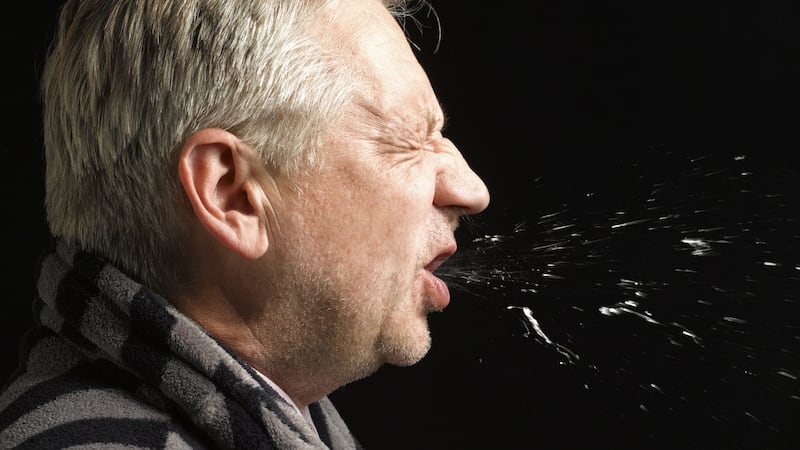
7. No cough, no Covid
One of the most challenging things about Sars-CoV-2 is that it doesn't always present with the symptoms with which it was associated when it first emerged in China - a dry cough, fever, and shortness of breath. Sometimes, there are no symptoms at all.
"One of the biggest problems we have with it is that it's hard to see it coming," says Prof Martin Cormican, the HSE clinical lead on infection control. "If you have an infectious disease that has a very obvious clinical presentation, and that people are not infectious until they are obviously sick, that's a much easier situation to manage. What we didn't know this time last year was that a lot of people would get very mild illness."
The discovery that the virus could be spread by people without symptoms set Covid-19 apart from its sister viruses, SARS and MERS. “It turns out that 50 per cent of people are spreading and walking around with no symptoms. Now how the hell do you control that kind of virus? That made it especially malicious,” says O’Neill.
8. Travel isn't a major factor
Tomás Ryan, associate professor at the School of Biochemistry and Immunology at Trinity College Dublin, believes failing to restrict travel into the State in the first wave was a major mistake. "If we had done that, we would have had a very different situation, taking advantage particularly of our island situation," he says.
A recent study suggests that Ireland’s second wave was seeded by variants imported from abroard. Restrictions on travel and quarantine are even more critical now in order to prevent new, more infectious coronavirus mutants that the Covid-19 vaccines might be less effective against, Ryan believes.
“The priority has to be to keep variants out so we can’t make the mistake of the second wave, which was, after we had eliminated the virus, to let new ones in, and not to make the mistake of the third wave, which was letting the UK variant in.”
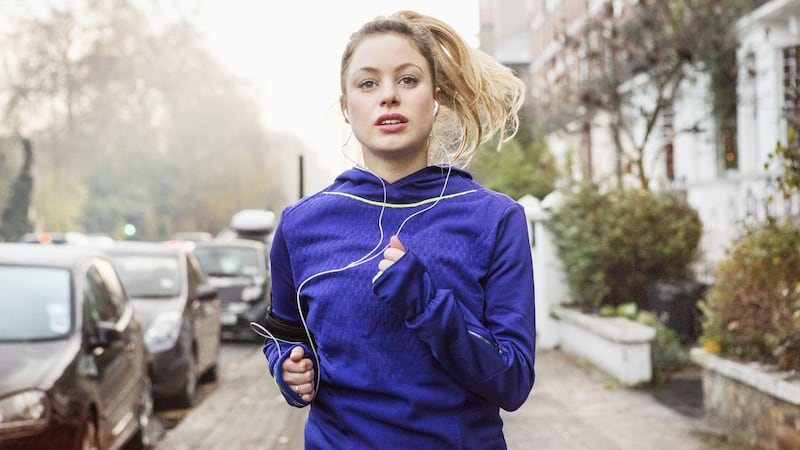
9. The pedestrian peril
In the early weeks of the virus, some people leapt into oncoming traffic to avoid one another while out walking. In reality, because fresh air disperses and dilutes the virus, the risk outdoors from simply walking past someone is low.
There have, however, been a small number of recorded cases where it spreads outdoors between people who talked face to face. The HSE cautions that “the risk of catching Covid-19 is low if you go for a walk or a drive and you keep away from other people.” But you should still keep a distance of two metres between you and others, and wear a mask outdoors where possible, it says.
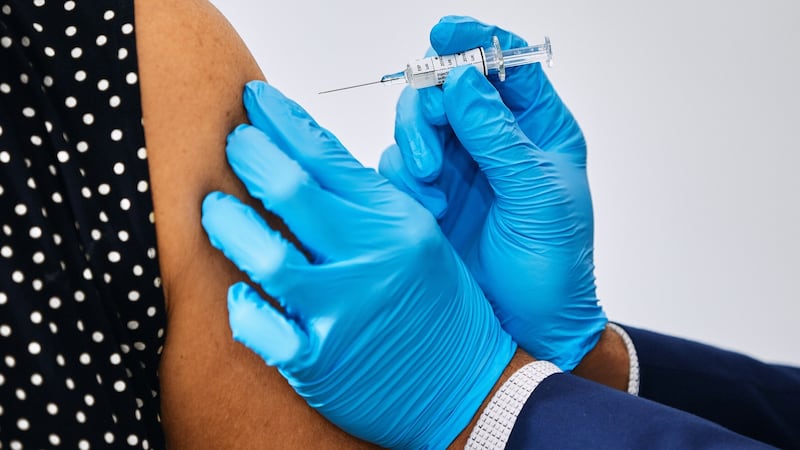
10. The vaccine will make it go away
A number of experts now believe that the virus may never be eradicated, but due to vaccines, better therapeutics and - with luck - new, milder variants emerging, we'll find ways to live more safely alongside it, as we do influenza.
“It is quite likely that viruses that the vaccine won’t work as well for are likely to emerge sooner or later,” says Prof Cormican. “The vaccine may have to adapt. To me, it’s not likely that this virus is ever going to go away. We still haven’t fully eradicated polio myelitis. And we’ve had a vaccine for 50 years.”
- Send us your photos of the last days before lockdown 2020



